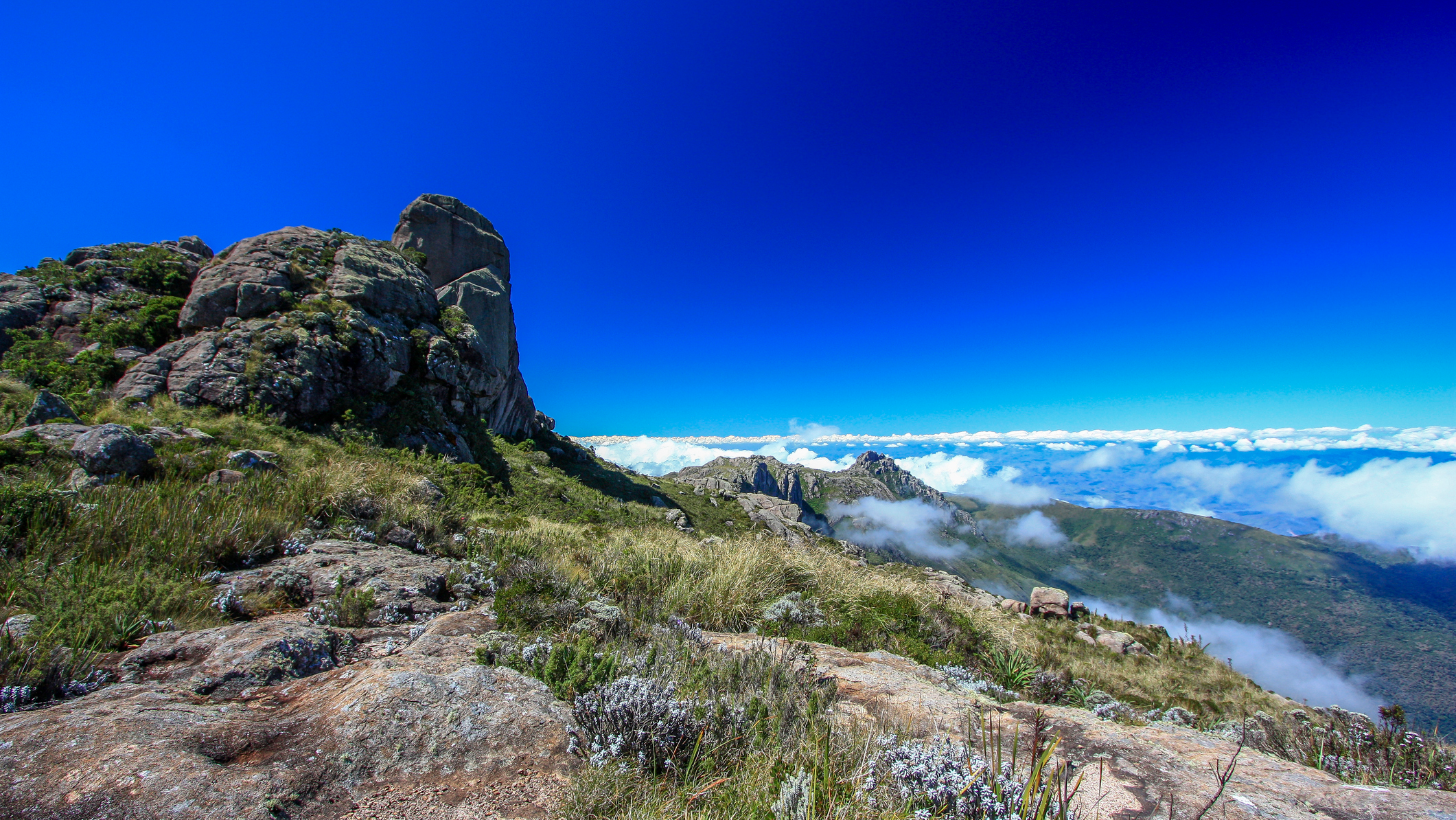How to go owling
Owls are more elusive than many other birds, but with the right approach and gear, you can set your sights on these (mostly) nocturnal raptors
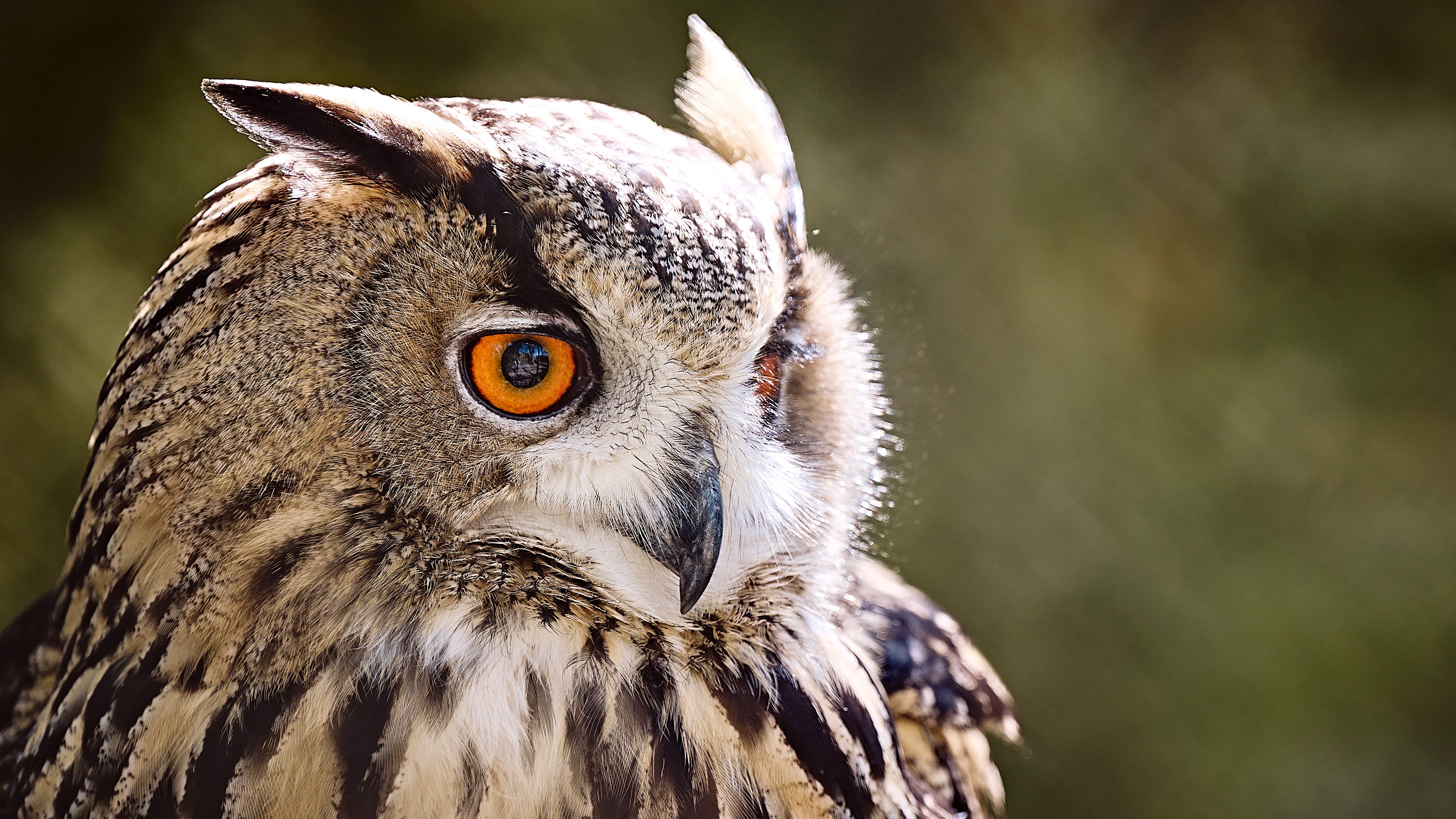
Bird watching delivers a whole host of gifts, from spending time in green spaces and enjoying nature’s symphony to getting a front row seat to some precious wildlife. But some birds are a lot harder to spot than others and might take a little extra effort to view in the wild, for example, the secretive owl. Owls are a much-coveted sight by bird lovers, with their unusual appearance, broad head and large talons, as well as their distinctive hoot, but they’re naturally elusive. However, with the right approach and gear, you can set your sights on these (mostly) nocturnal raptors.
Owls are raptors, or birds of prey, from the order Strigiformes, which encompasses over 200 species that live on every continent but Antarctica. Owls are mostly solitary and primarily nocturnal birds that have an excellent sense of hearing and night vision, which along with their ability to soar through the air silently helps them be excellent hunters of small mammals. Depending on the species, owls can inhabit a wide range of habitats, including woodlands and marshlands as well as coastal areas, plains, rainforests and deserts.
To go owl watching, or owling, you’ll need to take a slightly different approach, but with a little research and perhaps a nap during the day, you can enjoy some spectacular bird watching.
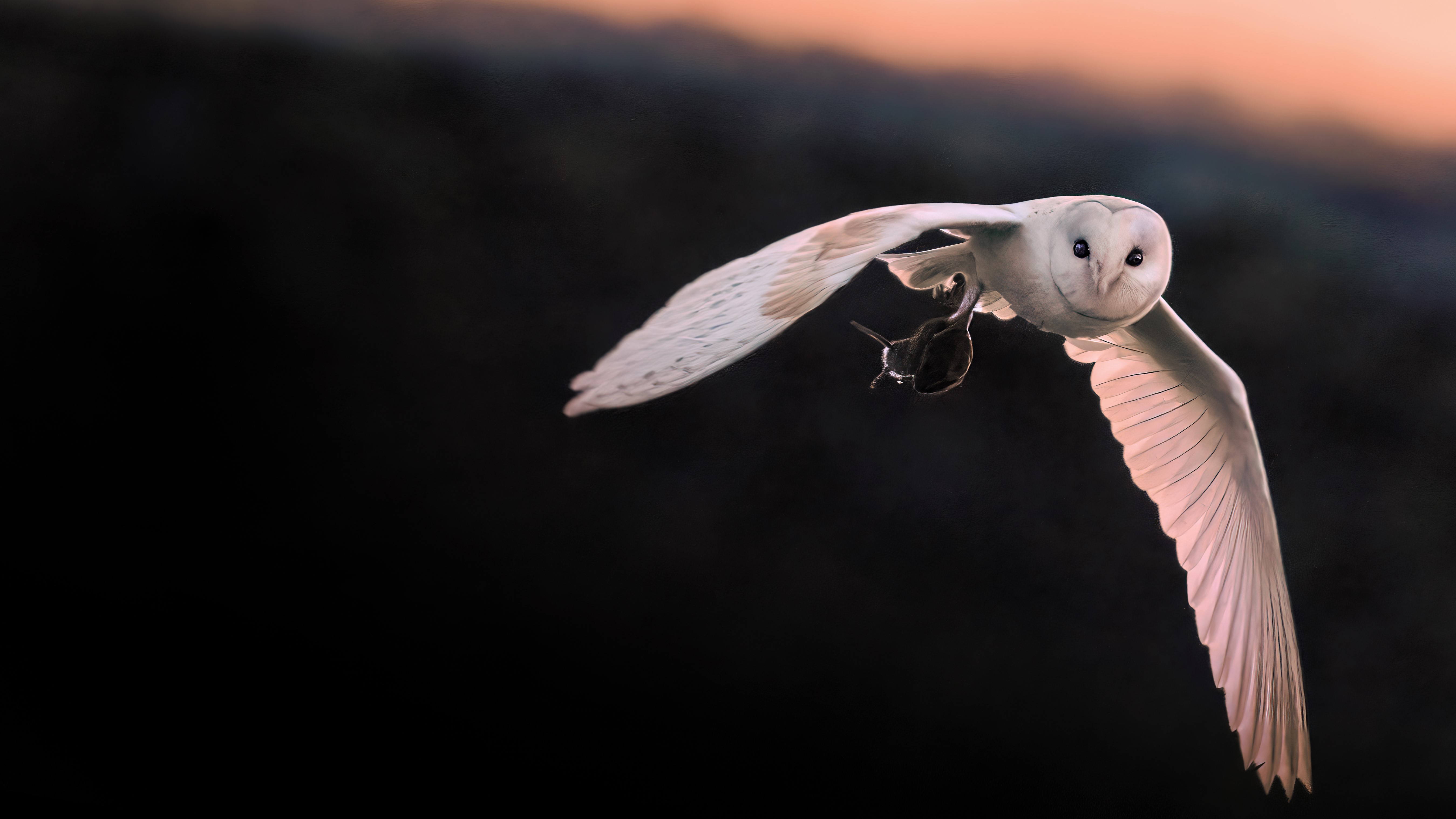
What is the best time of day to see owls?
Owls are generally nocturnal, and people do go on overnight owl watching expeditions, and it can be an excellent idea to pitch your tent and incorporate owling into a camping trip. However, seeing an owl doesn’t require you to burn the midnight oil necessarily.
First of all, you might be surprised to learn that not all owls are night owls. According to The Spruce, there are some species of owl that are diurnal, or active during the day, for example the Short Eared Owl, which is found in the southern US as well as northern England and Scotland. There's also the Little Owl, which is widespread across Europe and the Snowy Owl which is found in extreme northern climes such as Alaska.
Further, many owls are more active at dawn and dusk, so you may be able to view them outside of pitch darkness with an early start or before a late supper.
Finally, the full moon can increase visibility at night when it’s clear, and owl watching is something you could incorporate into a full moon hike. Owling at the moon, if you will.
Advnture Newsletter
All the latest inspiration, tips and guides to help you plan your next Advnture!
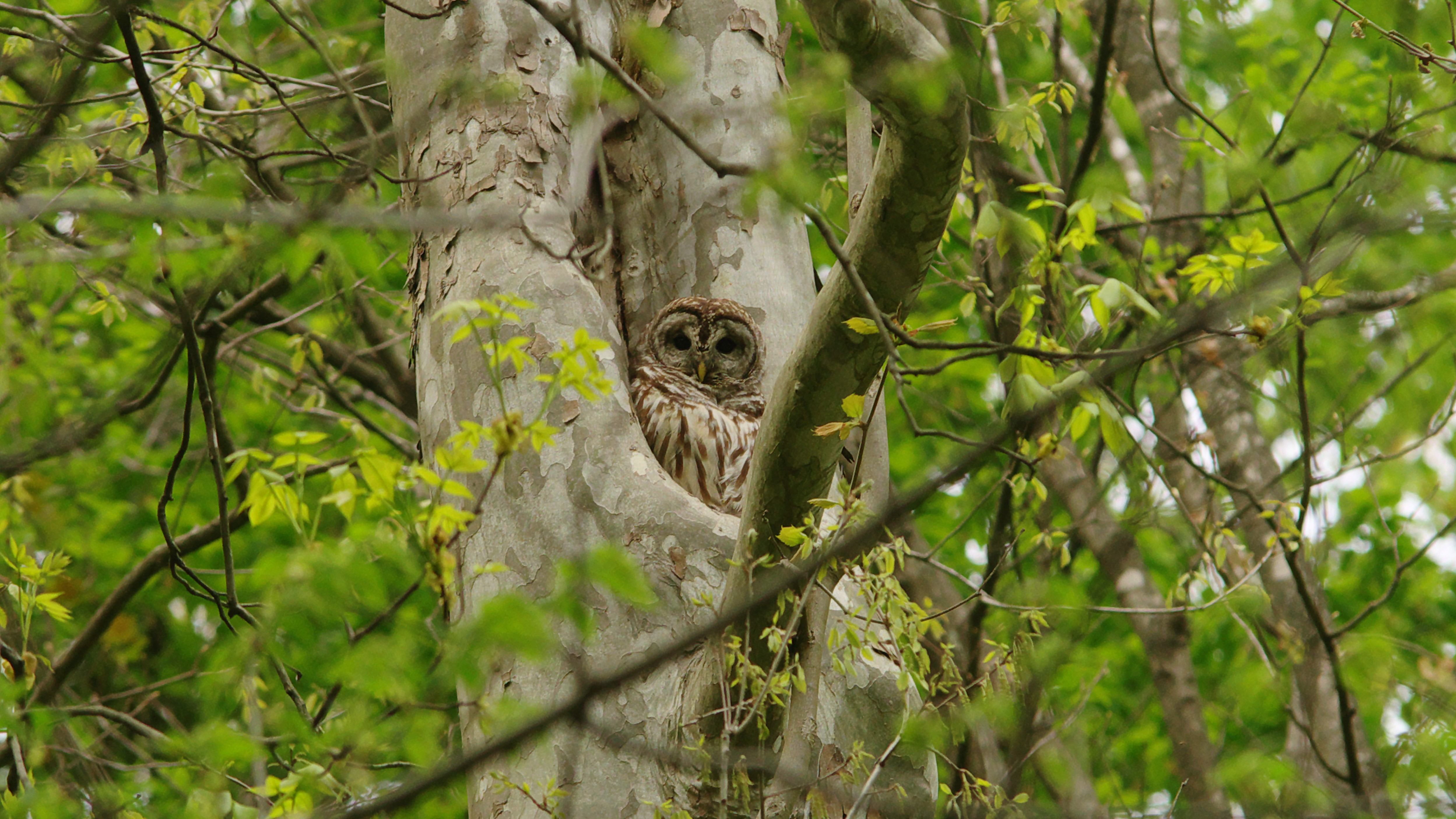
What time of year is best to see owls?
Seasonality can be a factor in owl watching, though the best time of year to view them really depends on where you are. Some owls are resident, while others are nomadic. Among the latter variety, some simply move from upland areas to marshlands and coastal areas for winter, while others do migrate long distances. For example, some Short Eared Owls migrate to the UK in winter from Scandinavia while in the US, their breeding and migration ground overlaps enough that they can be seen year-round in a wide band that stretches from northern California all the way across the midwest to northern New York.
Generally speaking however, winter is considered to be the best season for a lot of owling, because this is “hooting season,” when they call out more frequently to attract mates or mark territory, according to the Lancaster Conservancy. Naturally, this means that if you’re out at night, they’re more likely to give themselves away. You’ve also got the fact that the nights are longer in winter, and especially if you live in northern latitudes, you’ll have more opportunity to see owls in the late afternoon when it’s already pitch dark, or in the morning before sunrise.
In the late spring and summer, nesting owls will be even more evasive than usual to protect their young, so it’s better to stick to other types of bird watching then, but come the late summer and early fall, when the chicks are starting to get their wings, they’re likely to be less cautious and you’ll have a better chance of spotting them.
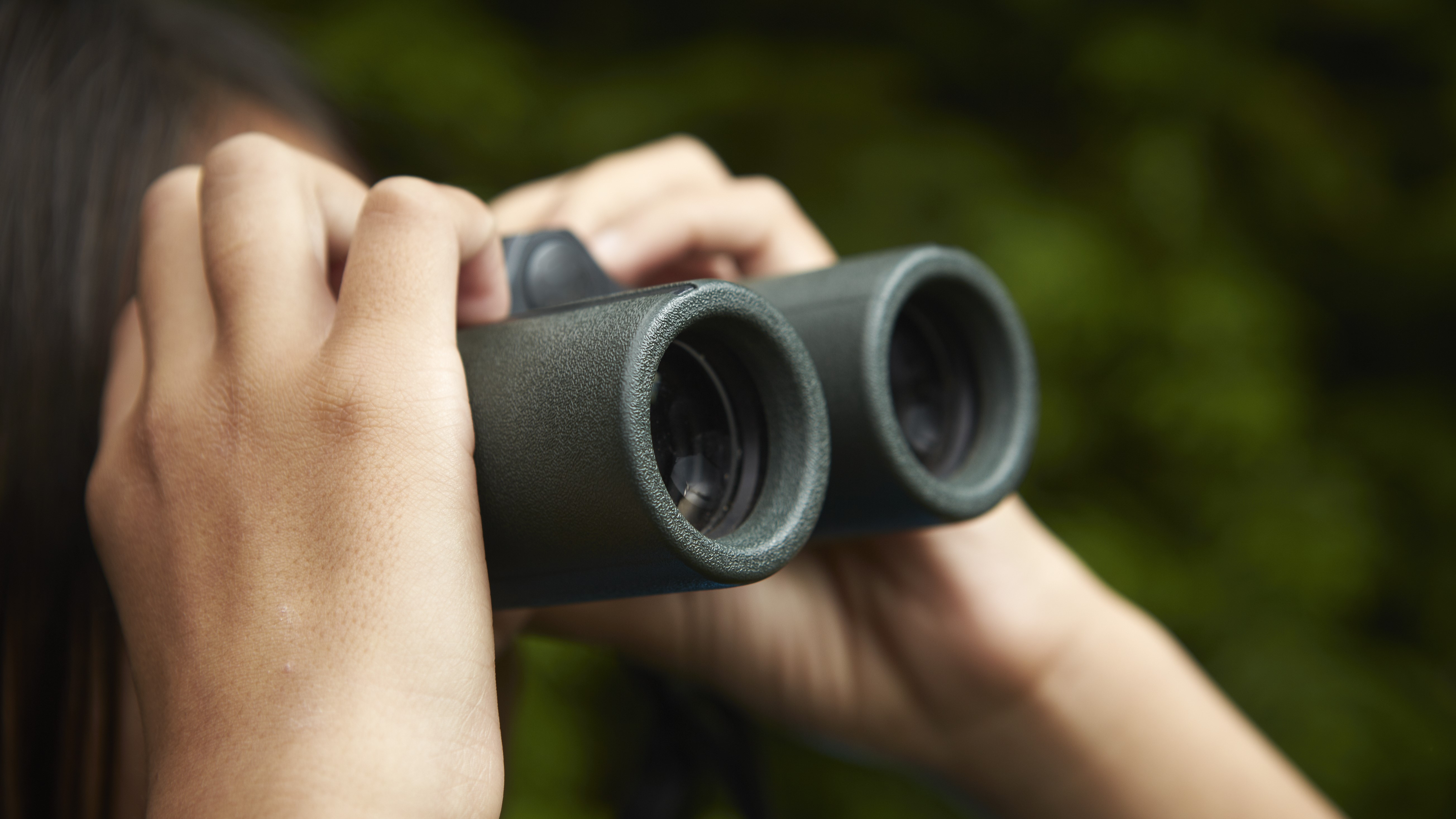
What do you need to go owling?
The first thing you need for owling is to do a bit of research on what types of owls live in your area, and what type of habitat you might find them in. You can contact a local bird watching group or wildlife conservation project, or use online message boards. Once you know what you might be able to see, invest in a book or a bird watching app to learn more about that species’ movement and behavior, and research what their call sounds like so you can go birding by ear. When you’re ready to set off, equip yourself with the following:
- Binoculars: The best binoculars for owl watching have a wide lens to let in more light in dim or dark conditions. Check out the Bushnell Equinox Z2, 3x30 which have night vision, or the Kowa YF 8x30 for a solid entry-level pair.
- Footwear: You’ll want sturdy boots for walking on uneven ground in the dark. If you’re bird watching in a forest environment, hiking boots will suffice, but for marshy areas consider wellington boots instead.
- Warm clothes: Remember that it will be significantly colder if you’re owling after dark, so layer up with thermal underwear and a base layer under your clothes, and have a fleece jacket as well as a down jacket for added insulation.
- Thermos: All bird watching involves lots of staying still and being quiet so as not to scare off the birds, unlike going for a hike where you can move briskly to warm yourself up. Prepare a hiking flask full of hot tea or cocoa to help keep you warm.
- Light source: You don’t want to be shining a flashlight up into the trees looking for owls as that will just scare them off, but you should have a torch or headlamp packed in your backpack for hiking in and out safely.
Finally, once you spot an owl, keep your distance and enjoy it from afar. Owls are birds of prey and they can attack if they feel threatened.
- Best hiking shoes: lightweight footwear for your birdwatching adventures
Julia Clarke is a staff writer for Advnture.com and the author of the book Restorative Yoga for Beginners. She loves to explore mountains on foot, bike, skis and belay and then recover on the the yoga mat. Julia graduated with a degree in journalism in 2004 and spent eight years working as a radio presenter in Kansas City, Vermont, Boston and New York City before discovering the joys of the Rocky Mountains. She then detoured west to Colorado and enjoyed 11 years teaching yoga in Vail before returning to her hometown of Glasgow, Scotland in 2020 to focus on family and writing.

